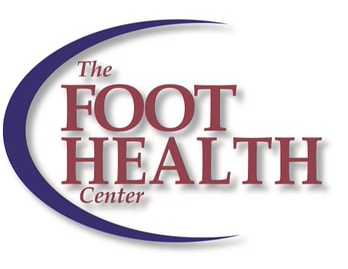
Tennis Leg
Tennis leg is a term used to describe a tear or strain of the calf muscle. Because of its prevalence in tennis players, the calf strain has been termed “tennis leg,” but the injury can occur during various other sports and activities.
Tennis leg causes
Although tennis leg can affect a person of any age or activity level, these calf muscle strains typically occur in middle-aged recreational athletes.
The main cause of tennis leg is a sudden contraction of calf muscles or an overextension of the muscles. As you age, you lose some flexibility in your muscles, which is why it typically affects those in the 30 to 50 age group.
Participating in sports or other physical activities without proper stretching of the calf muscles can also cause tennis leg, as cold muscles do not have the proper elasticity for activity.
Tennis leg symptoms
The main symptoms of tennis leg are a sudden, sharp pain in the leg, which is sometimes accompanied by a popping sound. The degree of these symptoms will vary based on the grade of your calf muscle sprain.
- Grade I – A minor tear of the muscle, involving no more than 10 percent of the calf’s muscle fibers. You may be able to continue your activity because the pain will feel like a minor twinge in your calf. Aching and tightness of the calf muscle will be present for two to five days following your injury.
- Grade II – Partial tearing of the calf muscle, involving up to 90 percent of the muscle fibers. You will feel a sharp pain and minor to moderate swelling of your calf. The pain will be present when you walk and when you flex your ankle downward, as when pressing a gas pedal. After your injury, aching and tightness of the calf muscle will be present for at least a week.
- Grade III – A tear of over 90 percent of the muscle, including a complete tear or rupture of the muscle. The most painful of calf muscle sprains. A grade III sprain will cause immediate severe pain in the back of your leg and considerable bruising and swelling.
You will be unable to contract your muscle. In the case of a complete muscle tear, you may see the muscle bunched towards the top of the calf.
Tennis leg treatment
For grade I and II calf muscle sprains, you should be able to treat yourself, using the R.I.C.E. guidelines of rest, ice, compression, and elevation and by taking over-the-counter pain medication, like aspirin or ibuprofen, to reduce pain and swelling.
Limit movements that may aggravate your tennis leg, especially the activity that originally caused the calf sprain. You can also help your healing by incorporating simple calf stretches and heat therapy before any activity.
If you have difficulty walking, experience pain when you are at rest, or do not see an improvement of symptoms after self-care, you may have a grade III muscle calf sprain and should visit your doctor for an examination and additional treatment.
Back
